If you read my earlier piece about the Minolta AF-S V&D, also known as “The Talker”, then you’ll know it checks a lot of boxes for what I want from a compact point-and-shoot. Putting more rolls of film through it confirmed that it’s close to perfect for me. Close but not quite. When I saw the newer version of the camera, the Minolta AF-S Talkman, on an auction site, I knew I had to get it.
The Talkman was launched in 1984, about a year after the original Talker. No technological innovations were added or changed, so I won’t get into the specifications I covered previously. The update is purely ergonomic and cosmetic. Minolta added a very nice textured finger grip. However, the most exciting update is the redesign of the opening for the lens housing. Not only does it allow for standard round lens caps instead of the proprietary square cap, but it accepts 40.5mm circular filters. With the step-up adapter I already have, I could use my existing collection of 49mm filters. Not only can I now use filters, but the filter covers the light meter sensor so the camera will account for the filter factor when metering. This makes the Talkman quite a bit more useful for my work.
For a number of years now I’ve been making trichromes, color photographs using black-and-white film. I use a hybrid workflow for these, shooting images with analog film through red, green, and blue filters, then compositing the three images from digital scans of the negatives. I started out using fully manual cameras and an external light meter. Achieving color accuracy with this setup was challenging with the imprecision of metering externally, accounting for filter factors, and only having the discrete set of aperture and shutter speed settings available with whatever camera I was using. This led me to transition to using cameras with internal light meters, semi-automatic shooting modes, and stepless shutters to get better results on film and cut down on the effort of the digital processing step of my workflow. And this is where the Talkman earns its place in my camera bag.
The coolest feature of this camera is that the data back is entirely in Japanese, a minor issue since I don’t read Japanese. Although, there is an English language setting for the vocal warnings.
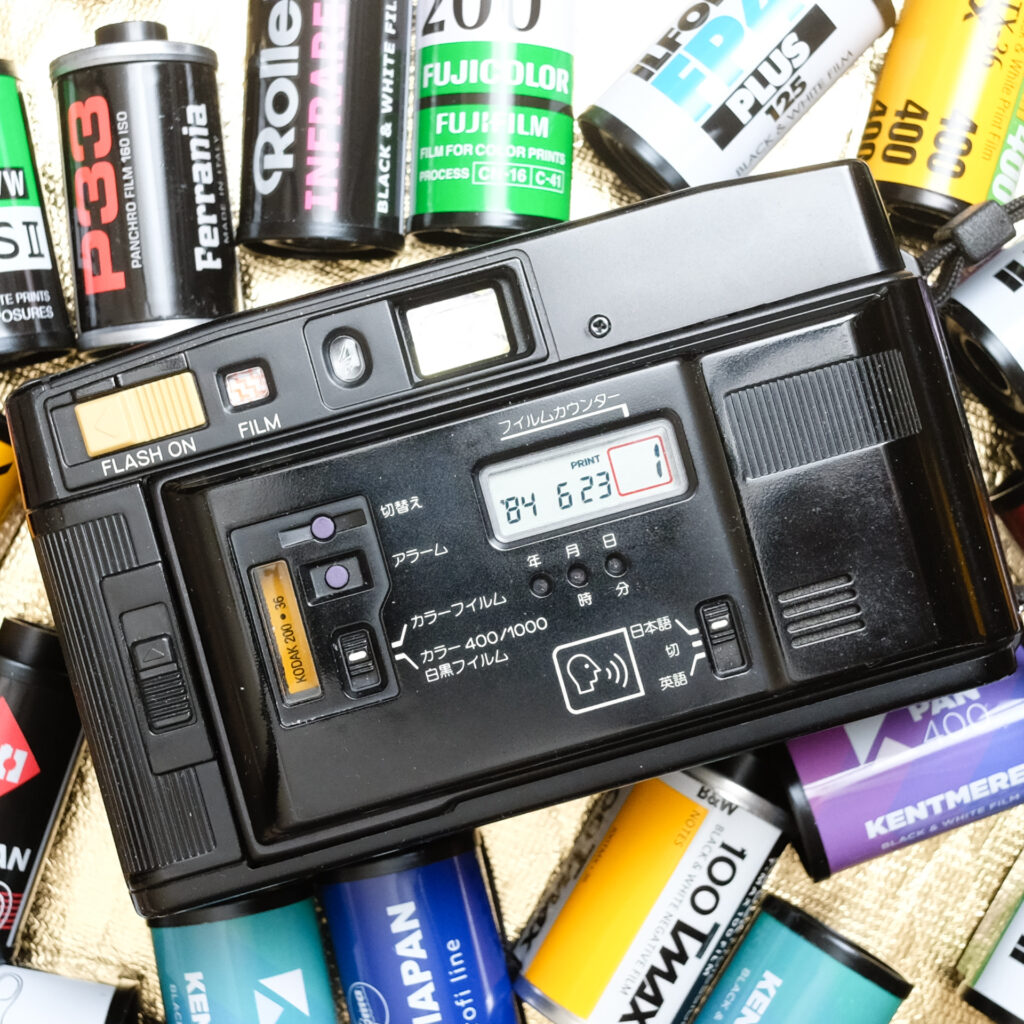
The Japanese-only labeling contributed to user error for my first stab at trichroming with the Talkman using Ilford Delta 100. I had the date imprinting set for low speed color film instead of high speed color and black-and-white film. The intensity of the light spilled over the film pressure plate, letting in light around the frame margins and the data imprinting cutout on the pressure plate.
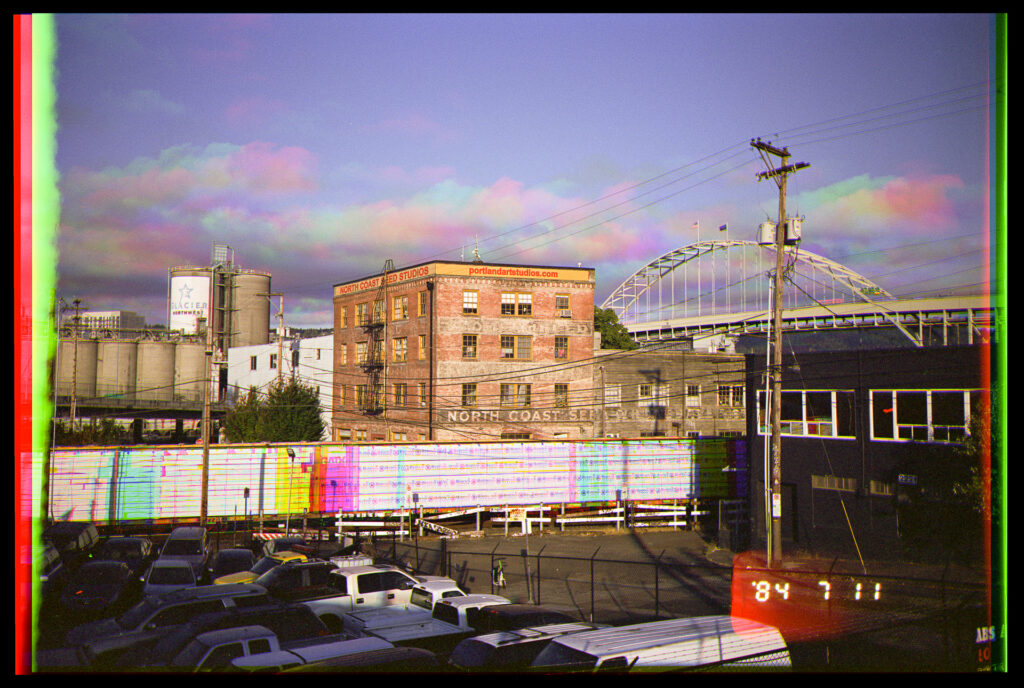
After correcting my mistake, I loaded up a roll of Rollei RPX 100 in the Talkman and took a stroll along the Portland waterfront. When I saw the outrigger canoe sitting on the dock, I thought it would make a good color still-life. Little did I know the owner would appear and prepare to put the canoe in the water as soon as I got set up for the shots. From a technical standpoint, the Talkman and RPX 100 have given me my best trichromes so far.
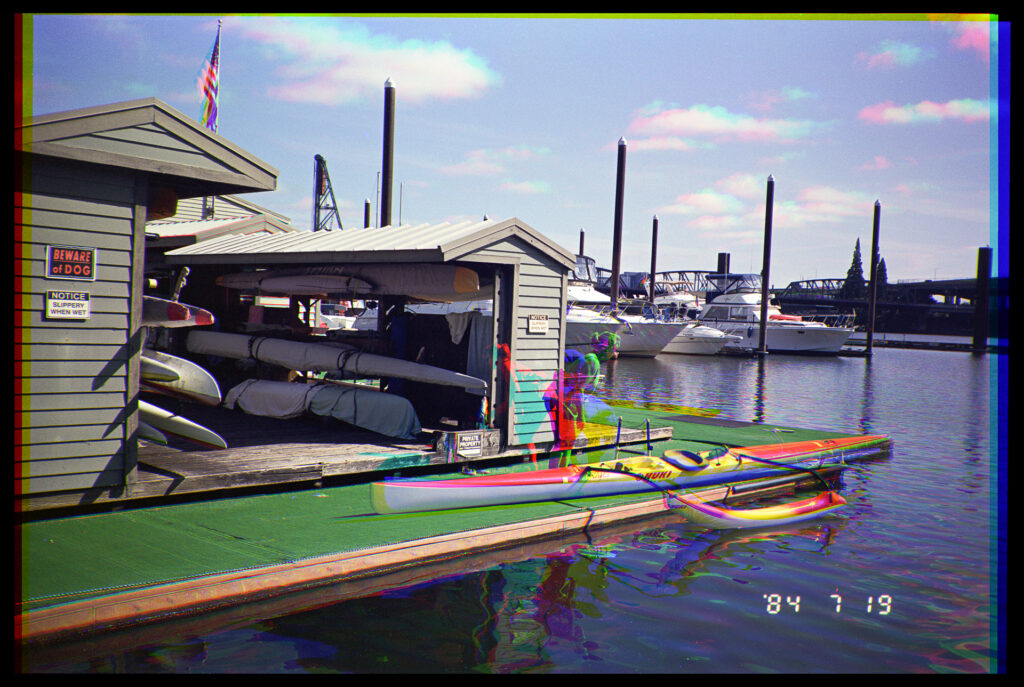
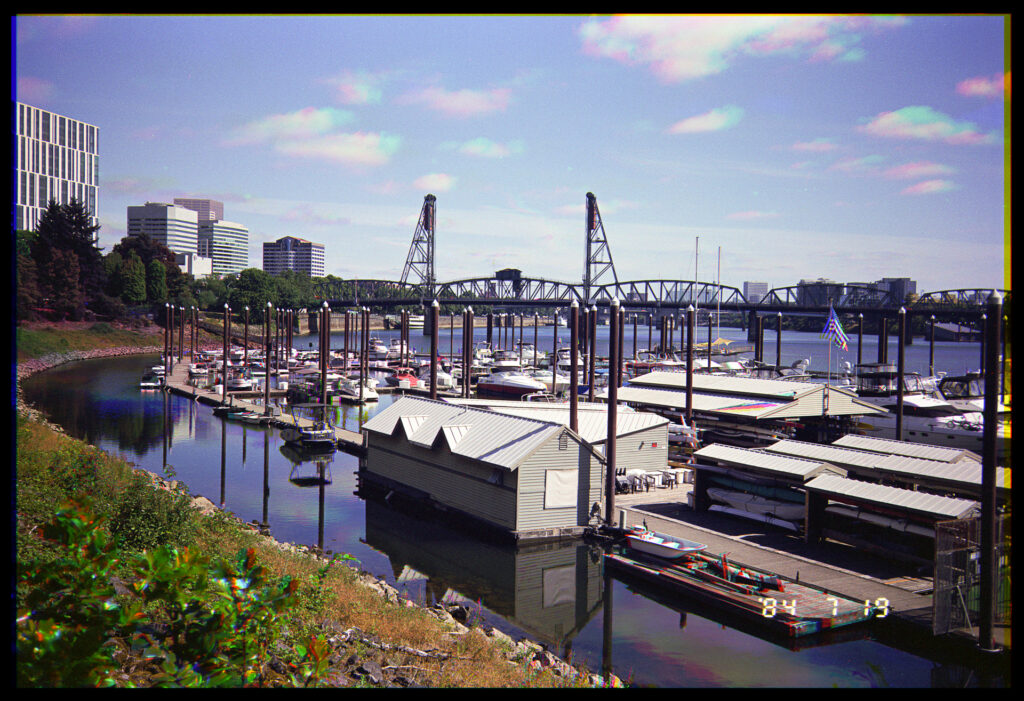
For the third trial, I loaded a roll of Rollei Infrared 400, 15 months past its expiration date. The negatives came out quite thin and the digital scans ended up considerably grainy. Although I’m not happy with how this roll turned out, the Talkman showed some potential for infrared trichroming.
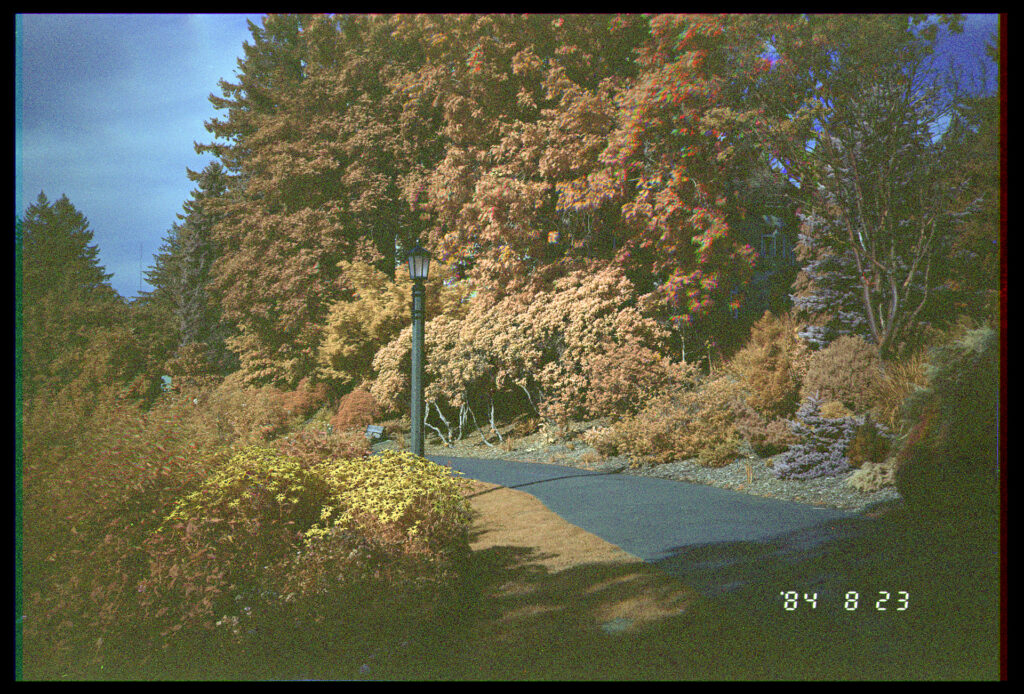
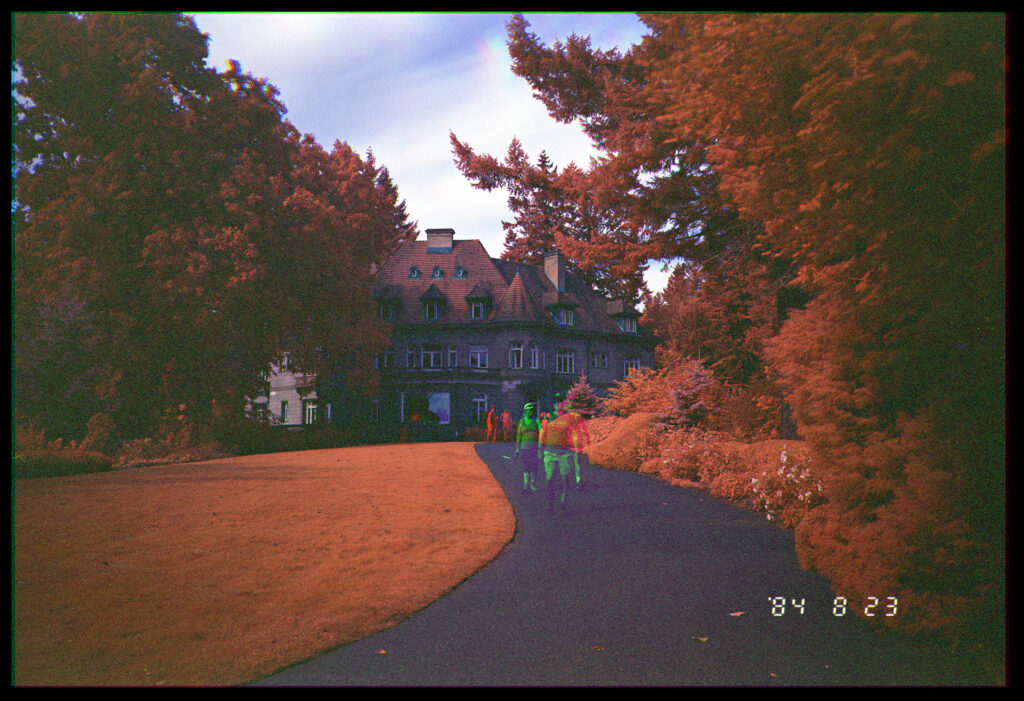
The Talkman won’t fully supplant the flexibility that my Minolta X-700 or Nikon FG-20 has for trichroming. But it gives me a second, more lightweight option.
Thank you for reading. You can find me on Bluesky and at chanalogfoto.com.
Share this post:
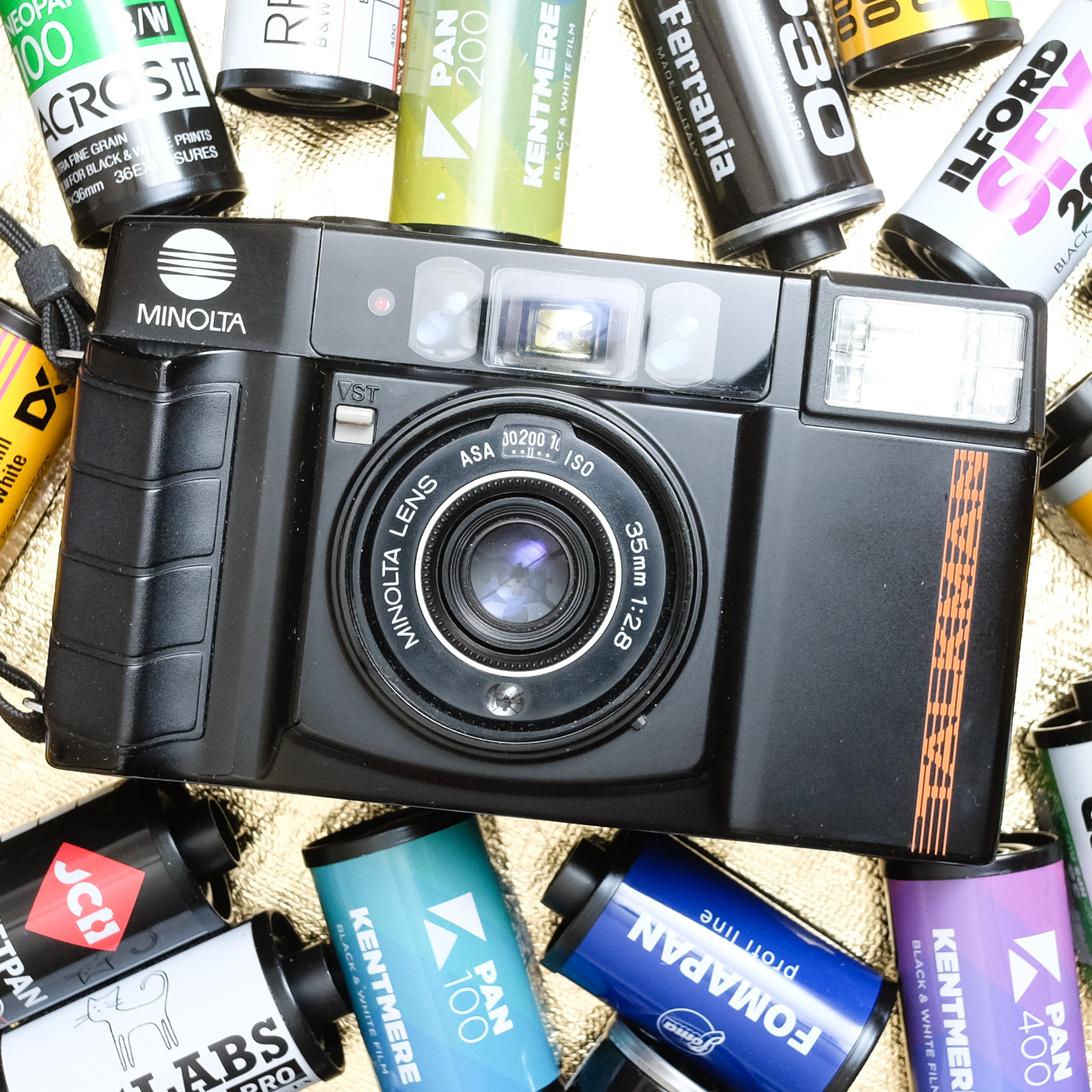
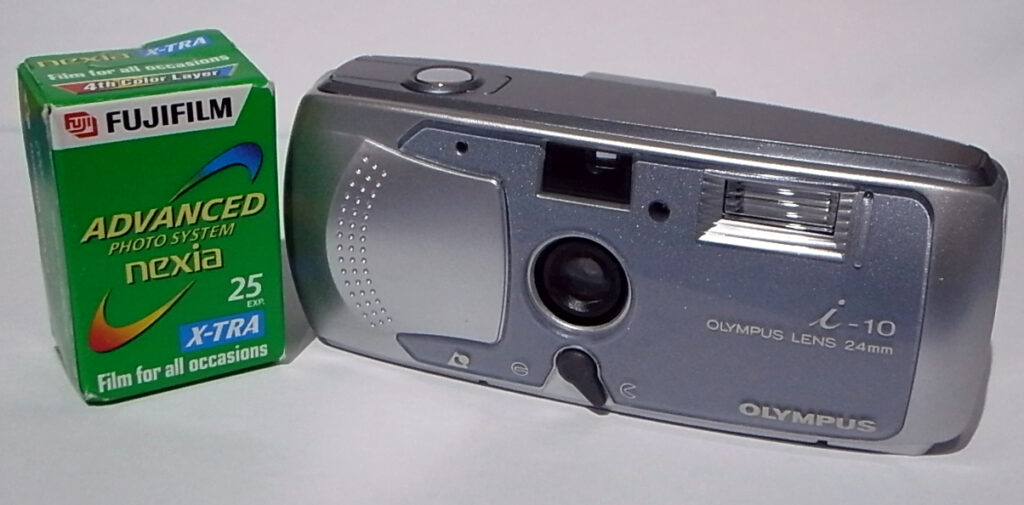
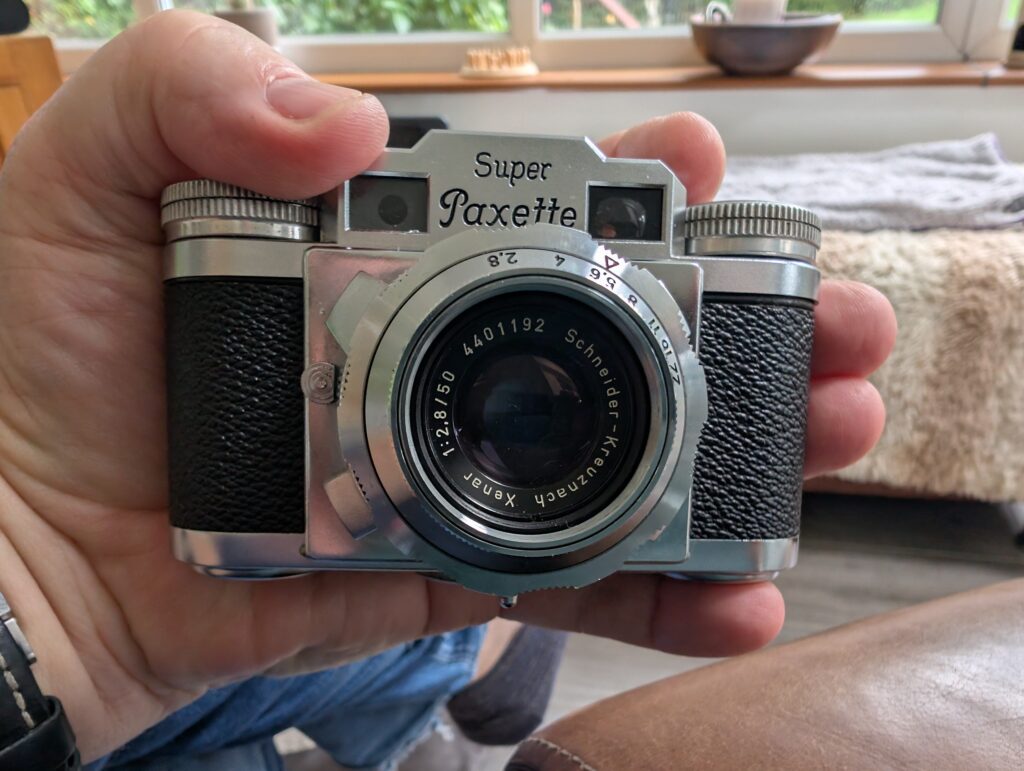
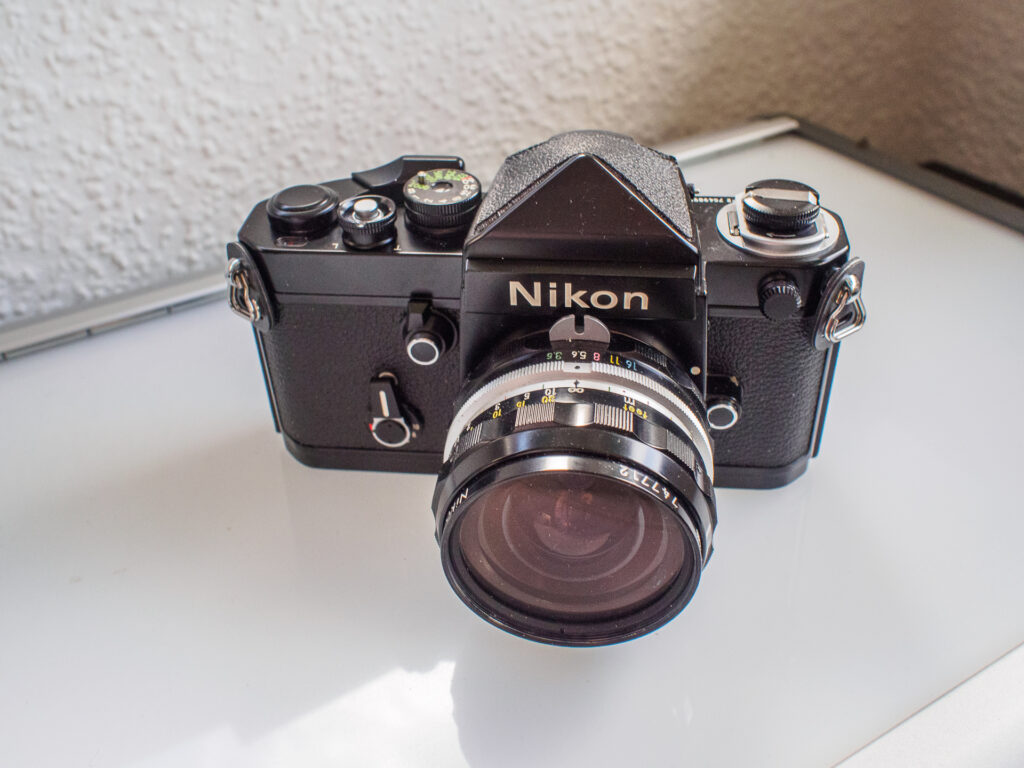

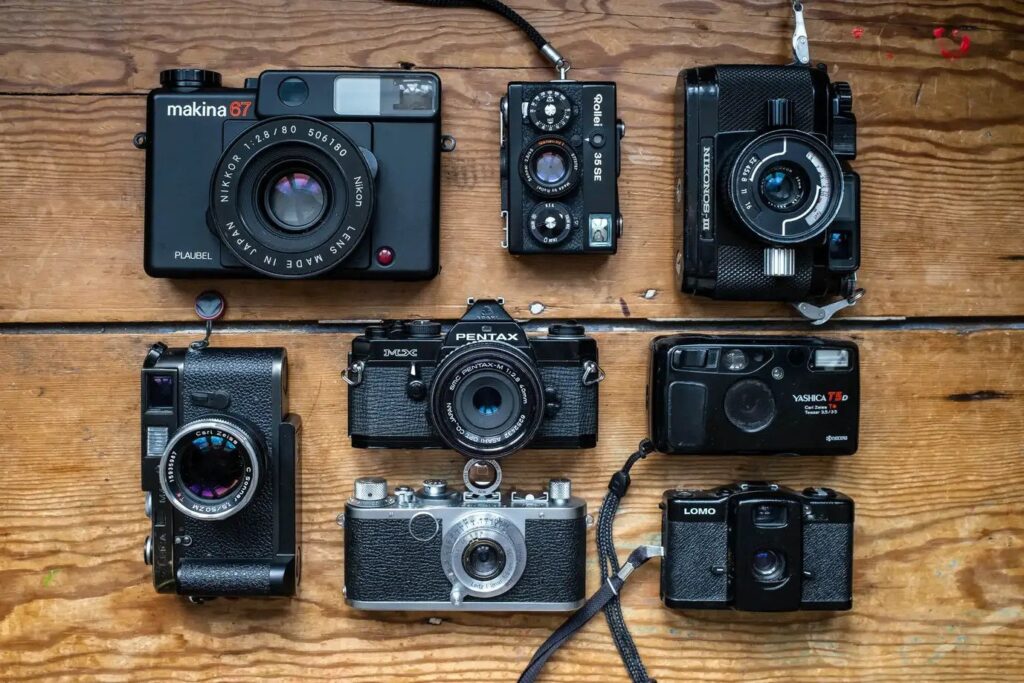
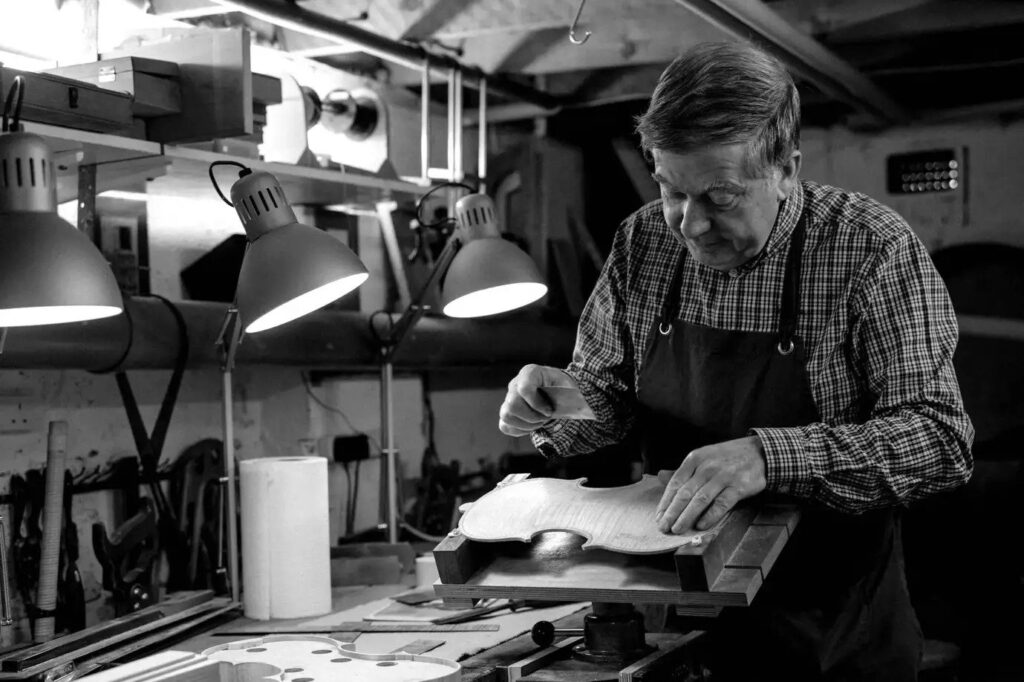
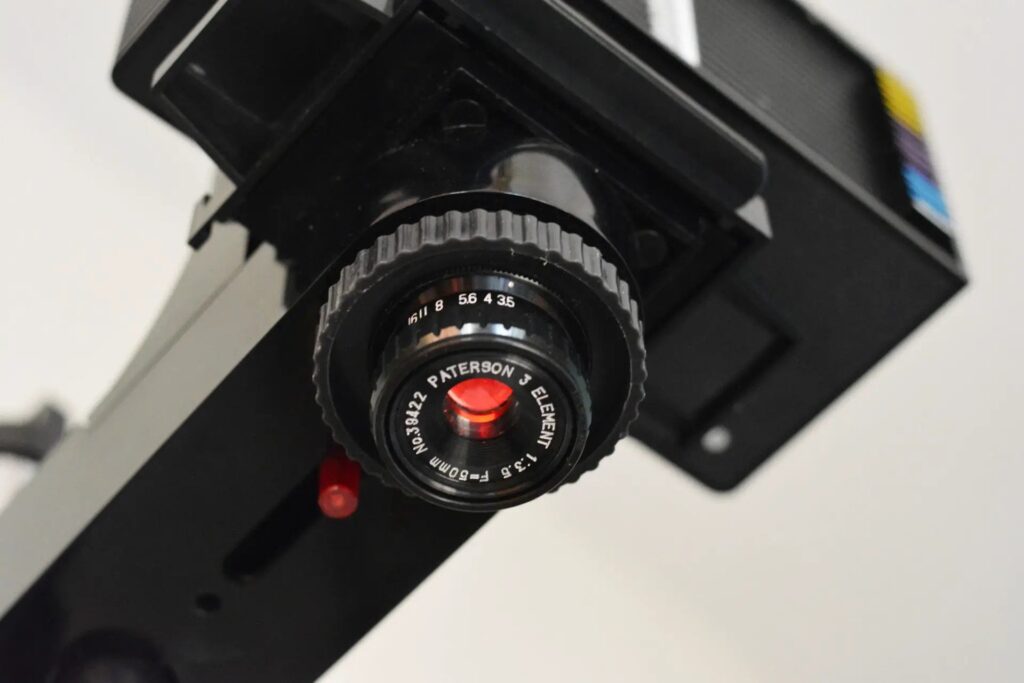
Comments
Eric Norris on 5 Frames with a Trichroming Minolta AF-S Talkman
Comment posted: 06/10/2025
Comment posted: 06/10/2025
Comment posted: 06/10/2025
Comment posted: 06/10/2025
Gary Smith on 5 Frames with a Trichroming Minolta AF-S Talkman
Comment posted: 06/10/2025
If you look at some of my posts here you might recognize some of the locations. I'm out in Gresham.
Comment posted: 06/10/2025
Michael Flory on 5 Frames with a Trichroming Minolta AF-S Talkman
Comment posted: 06/10/2025
I like your images very much, and it is interesting that you've done them with a format smaller than 35mm. (Prokudin-Gorsky hauled a large format camera, glass plates, and chemistry all over early-20th-century Russia, an extraordinary task!) I've tried some tricolor experiments myself, and once I figured out the proper way to combine the three negatives in the Gnu Image Manipulation Program (a Photoshop-like program that runs on Linux) the results were pleasing.
It looks like you've managed the Japanese interface well, but for what it's worth, the legends on the back are as follows. (Most of them are transliterated English).
(on the left, from the top:)
(top button:)
Switching (of the flash unit?)
(second button:)
Alarm
(switch:)
Color film
Color -- 400/1000
Black and white film
On the right, again from the top:
(above LCD:)
Film counter
(above and below three buttons:)
Year Month Day
Hour Minute
(switch on lower right:)
Japanese
Off
English
We're all thinking of Portland and our friends there. Stay safe!
Comment posted: 06/10/2025
Comment posted: 06/10/2025
Alexander Seidler on 5 Frames with a Trichroming Minolta AF-S Talkman
Comment posted: 07/10/2025
Eagle Omomuro on 5 Frames with a Trichroming Minolta AF-S Talkman
Comment posted: 07/10/2025
Tony Warren on 5 Frames with a Trichroming Minolta AF-S Talkman
Comment posted: 07/10/2025
Comment posted: 07/10/2025
Geoff Chaplin on 5 Frames with a Trichroming Minolta AF-S Talkman
Comment posted: 08/10/2025